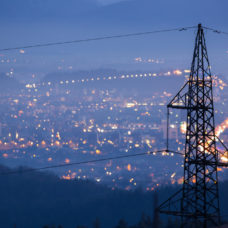Jon Menard, a physicist from the U.S. Department of Energy‘s Princeton Plasma Physics Laboratory (PPPL), has reportedly examined the possibility of expediting the development of compact fusion facilities to generate safe, clean, and limitless energy.
In his study, Menard looked into the concept of creating a compact tokamak powered by high-temperature superconducting magnets.
It appears that this kind of magnet can generate the higher magnetic fields needed to produce and sustain fusion reactions.
As per Menard:
“This is the first paper that quantitatively documents how the new superconductors can interplay with the high pressure that compact tokamaks produce to influence how tokamaks are optimized in the future. What we tried to develop were some simple models that capture important aspects of an integrated design.”
Menard’s research has already made a significant impact on the energy sector. In fact, the National Academies of Sciences, Engineering, and Medicine was influenced by Menard’s work and has already called for the development of a compact fusion pilot plant in the United States.
Compact Fusion Facilities
Aside from harvesting solar, wind, and hydrogen energy to produce electricity, many energy experts believe that developing compact fusion facilities can give humankind a stable and sustainable source of power that can last forever.
In theory, a compact fusion facility would generate energy through nuclear fusion reactions. It is the same power-generating process which our Sun utilizes to make virtually limitless heat that can be turned to electricity.
A compact fusion facility would mimic this process, producing enough power to sustain the electricity needs of people for millions of years. A small fusion reactor about the size of a truck could provide enough energy to power a city with up to 100,000 people.
Menard’s recent study is just an extension of his previous work. However, this project focuses more on the benefits of developing compact fusion facilities that use HTS magnets. Menard said:
“We realize that there’s no single innovation that can be counted on to lead to some breakthrough for making devices more compact or economical. You have to look at an entire integrated system to know if you are getting benefits from higher magnetic fields.
Fusion needs to become more attractive. so it’s important to assess the benefits of lower aspect ratios and what the tradeoffs are.”



















Comments (0)
Most Recent